Speaking of emotional problems, many parents are worried.
The child began to cry when he didn’t agree with each other, and his parents couldn’t coax him when they took turns. In the end, the whole family was exhausted and he was aggrieved to death.
Why is the child’s temper so bad?
In fact, whether a child has a good temper depends mainly on whether he can manage his emotions.
Emotional management ability has a great influence on children’s development. Developing good habits can enable children to face life with a peaceful and optimistic attitude and actively meet the future, thus truly improving emotional intelligence.
Moreover, good emotional control can also promote children’s intellectual, physical and other development.
Today, I’d like to introduce some emotional enlightenment games to let children learn how to recognize, express and control emotions in the games.
Cognitive emotion
The first step of emotional enlightenment is to understand emotions. Only by knowing that what is [happy] [angry] [sad] [happy] can children better understand and express emotions.
1. Emoji expression
You can print out the expressions in the card and take the children to recognize them together. This is [happy], this is [angry], this is [sad]…
After the child can distinguish the difference between different expressions, you can pair with the child and put the expressions and corresponding descriptions together.

2. Emotional Matching
Emotional matching games can not only enable children to know expressions and emotions, but also help children distinguish different expressions and emotions.
You can point to the small animal on the card and ask, “Baby, do you think Xiao Mao is happy or sad now?” After the child can say the correct answer, ask him again [Who is as happy as the kitten among the three little animals below? ]
If the child can answer correctly, it means that she can recognize this expression on the faces of different small animals and fully understand the meaning of this expression.
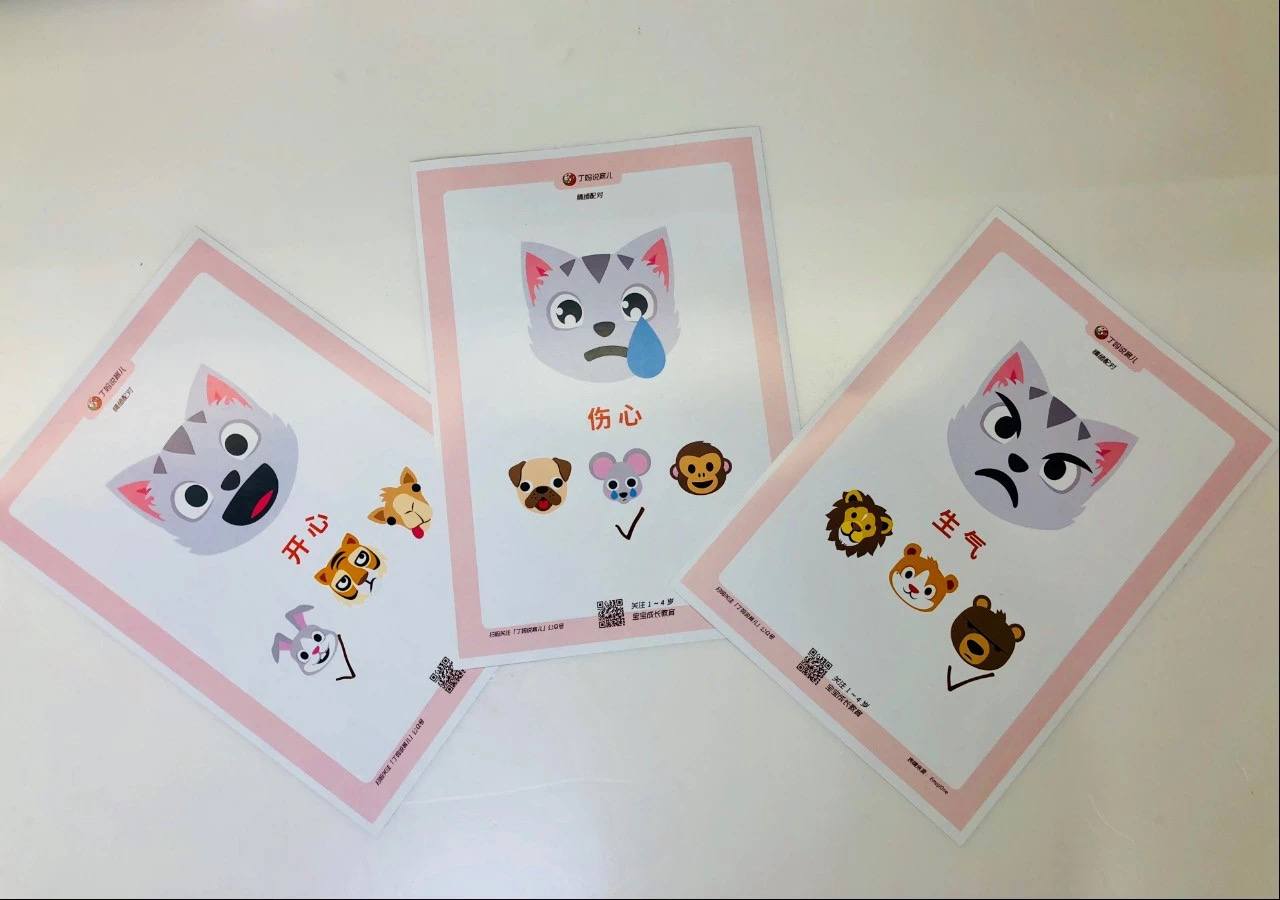
3. Face Spelling
In addition to the above playing methods, it is also a good way to know emotions to let children piece together their expressions.
You can inspire children: [Baby, when we are happy, are our eyes curved like a small moon? Or [Will the baby shed tears when he is sad? ]
Through such active piecing together, children will have a deeper understanding of expressions.
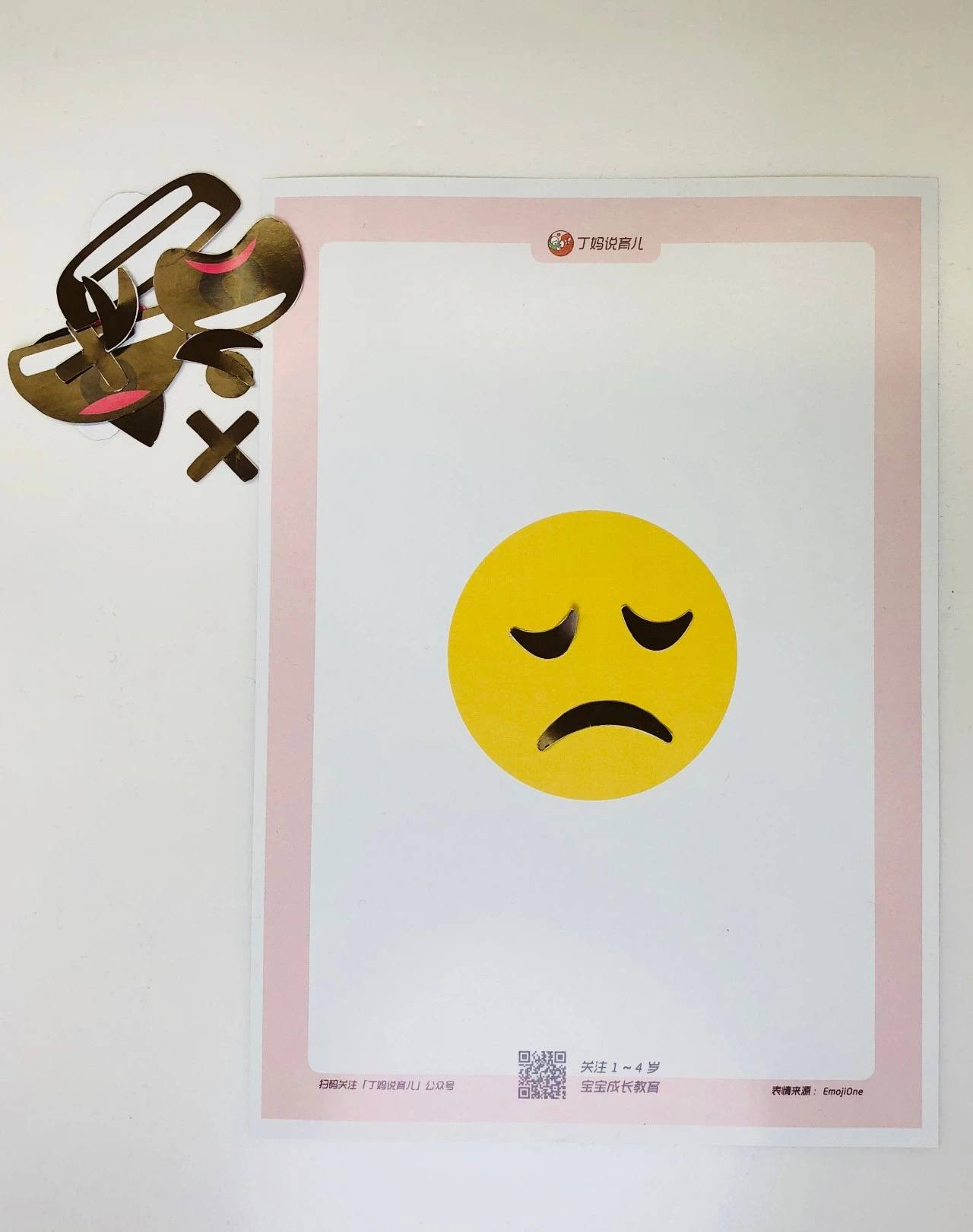

Describe emotions
In addition to helping children understand expressions, we should also help children understand the meaning behind expressions so that children can learn to correctly describe emotions.
1. Guess I’m in what mood
We will print out cards with different emotional expressions and patterns, and then let the children sit in a circle. Each child cannot look at his own card and take one and put it on his forehead.
At this time, everyone but himself can see that he is wearing a what emotional card.
The child guesses that he has a what emotional card on his head by asking different questions. For example, he can ask [will I feel this way when I win a football match? Do I cry when I feel this way? ]
Other children can only answer [yes] or [no] until they guess the emotion card on their heads.
Through this process, children can clearly correspond emotions to the scene and learn how to correctly describe emotions.


2. Emotional Dice
Print out the emotional dice card and stick it on the broken line to become a dice.
Then you can roll the dice with the children.
Whenever the dice hits a certain mood, you can ask the child: “Is this what’s expression? ]
Then guide him to say, [Have you ever seen anything happen in what before, do you feel happy/scared/sad/shy…?
Express one’s emotions
1. Weekly Emotional Record
“How was your day? ]
Every child’s parents who go to kindergarten will ask her this question every day.
In fact, instead of asking all the time, we might as well let the child fill in an emotional record form by himself. Every day when the child comes home, we can ask him to check the corresponding mood for today.
When the child is unhappy, you can talk to him again [what happened to what? ]
And try to guide him. How to deal with bad emotions.
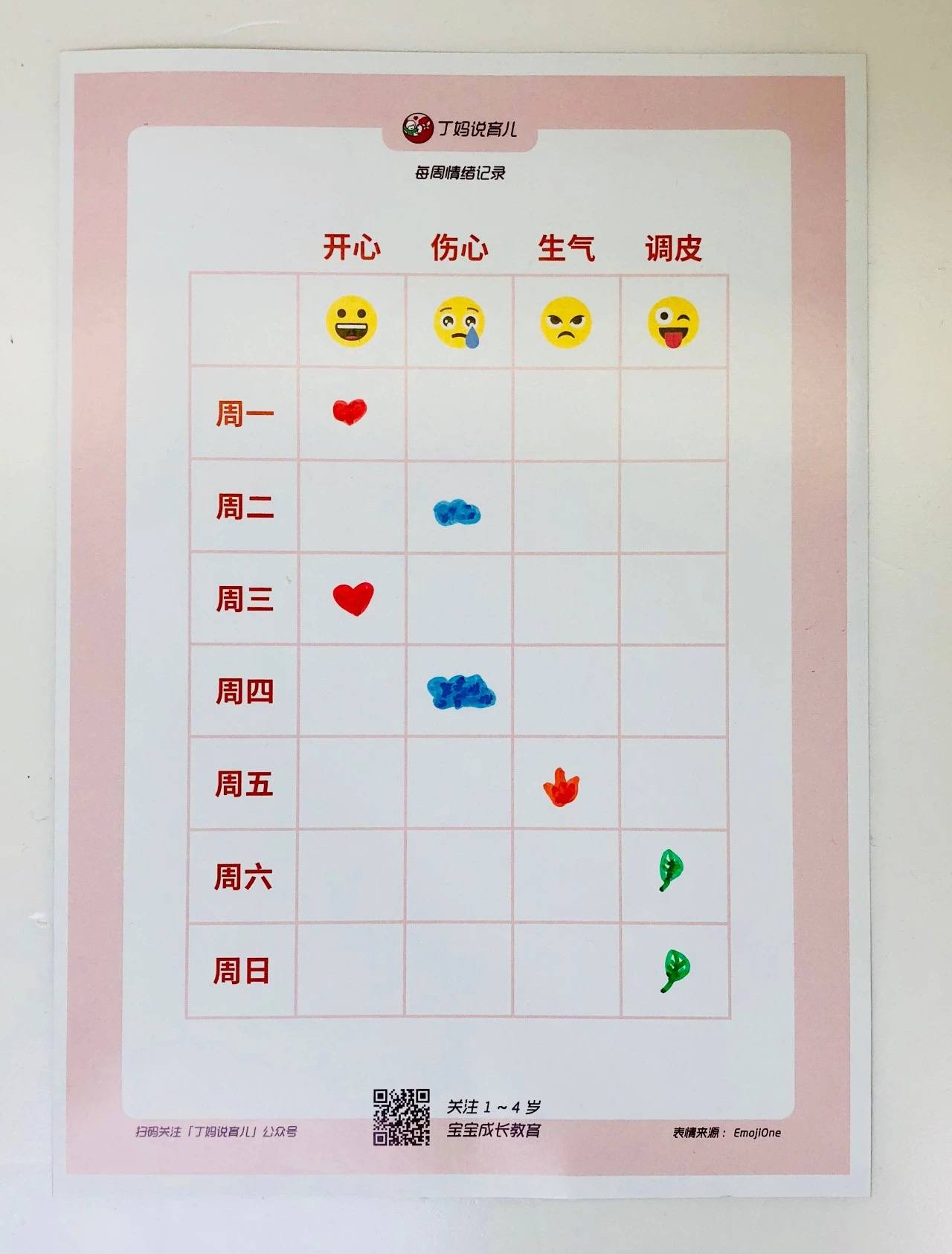
2. Emotional Shield
Most of the time, children also need to be quiet.
Children also need emotional sorting and self-counseling. At this time, your constant questioning or intervention may not have good results.
Stick the corresponding cards with ice cream sticks to make a small emotional shield. In this way, children can express their feelings with small shields.
Parents can also make corresponding adjustments according to the tips of their children’s shields to guide and assist their children in their emotional adjustment.

Control one’s emotions
1. My Emotional Record
Print out the mood record form and stick it on the wall. When the child is happy, he will color the small stars in the grid. When the child is sad, he will color the small stars in the grid.
Through a period of records, you can know that the child what is more emotional.
If there are too many small stars corresponding to anger, it is a reminder to the child: [There are too many bad emotions recently! ]
With such reminders, children will attract attention and try to reduce the number of outbreaks of bad emotions.
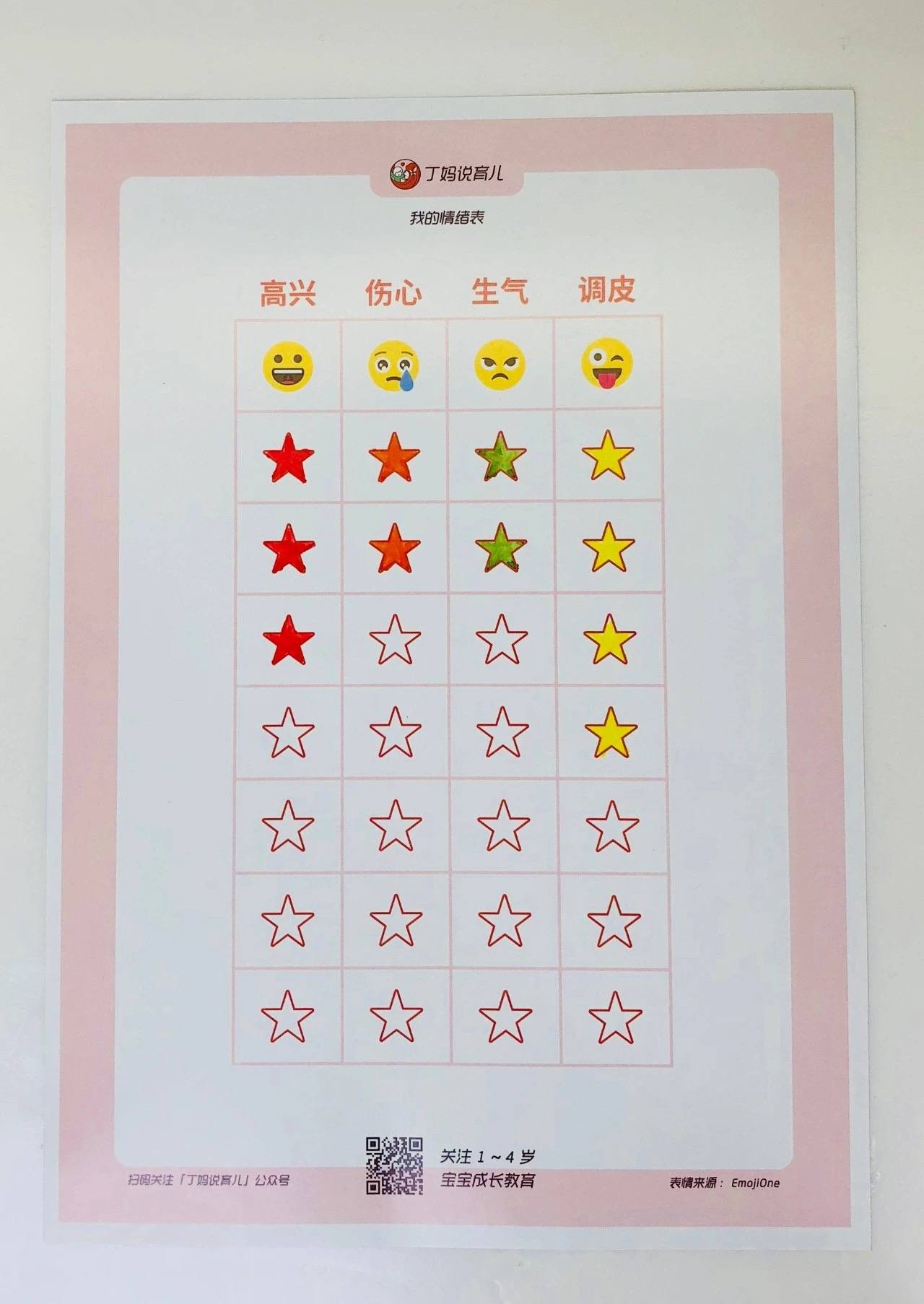
2. Self-control Negative Emotions Roulette
How should we face these negative emotions when we are angry or sad?
You can print out the corresponding card and make it into a roulette wheel, telling the child that when you feel angry or sad, we can let the roulette wheel help you and how get out of negative emotions.
For example, say some encouraging words to yourself; Think about what is worth having fun about; Tell the unhappy things to the empty bottle. Take a deep breath; Slowly count from 1 to 10.
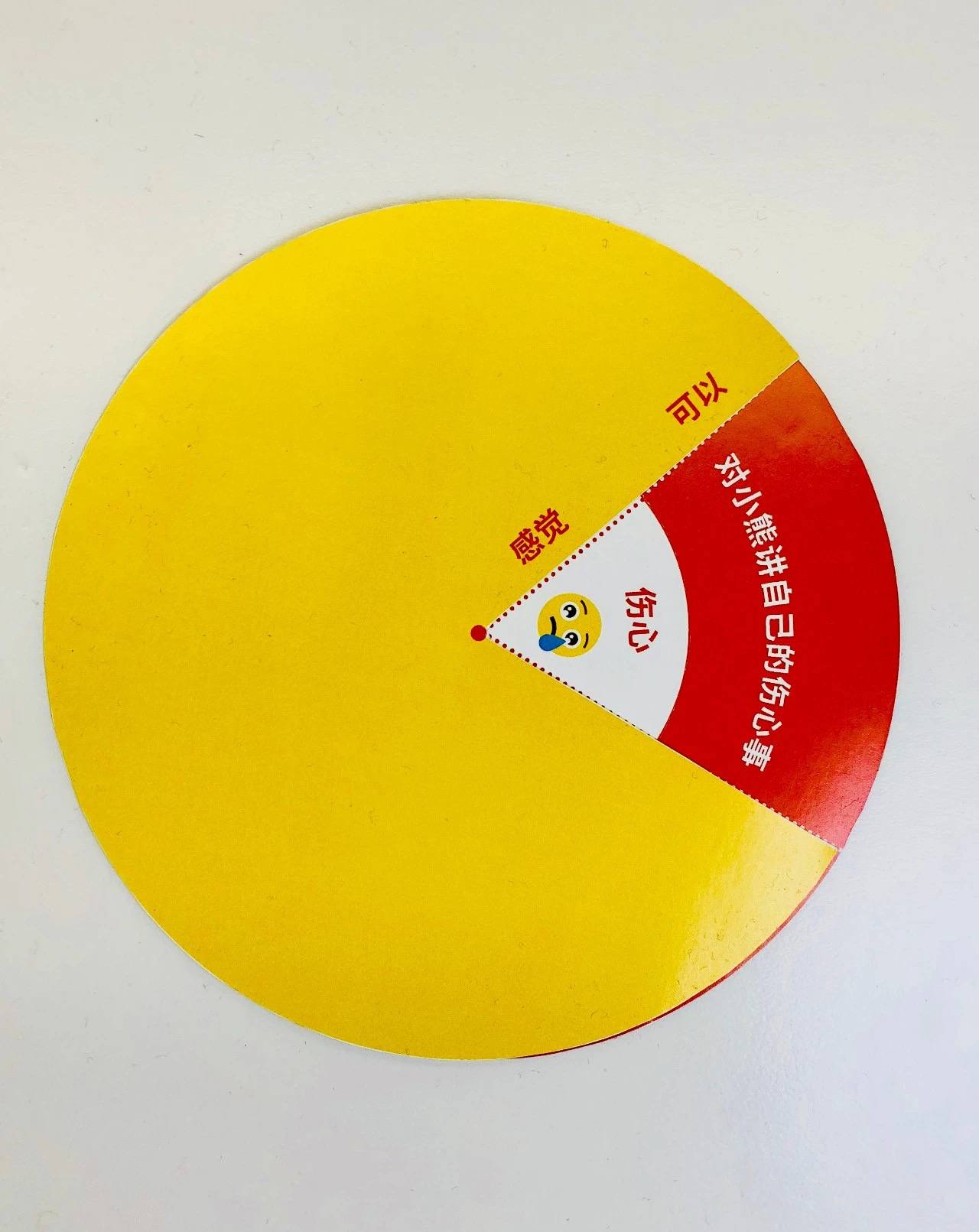
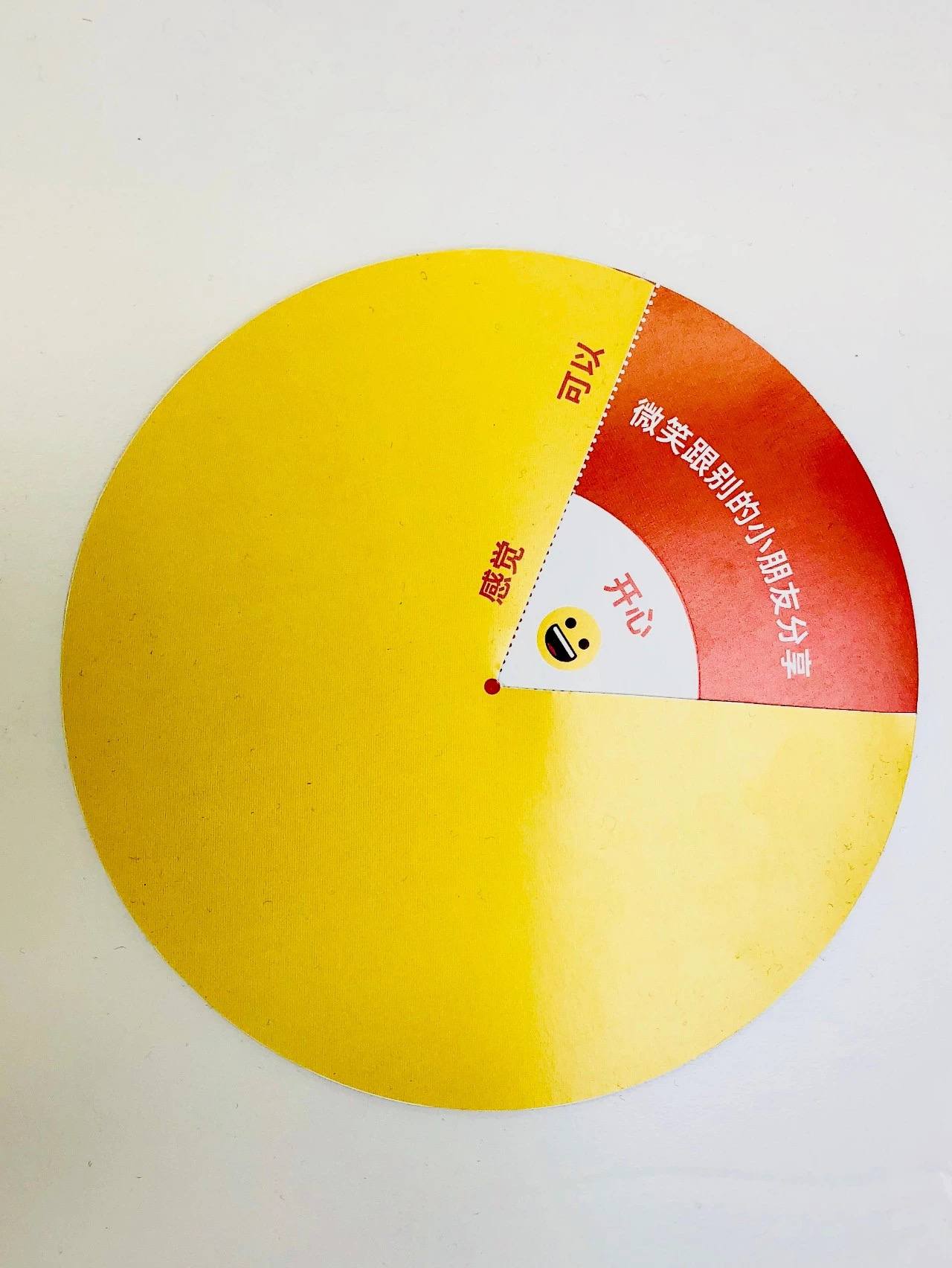
What is more worth mentioning in the emotional enlightenment of children is the emotional control of parents themselves. Parents’ behavior is the mirror of children.
Through these interactive games, we can actually help ourselves to have a better understanding of emotions and grow up with our children.
